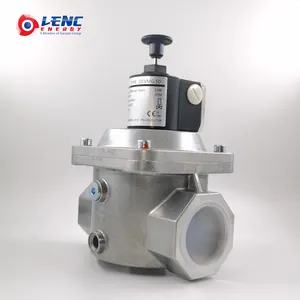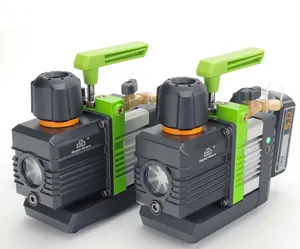Popular in your industry















































Related Searches:


















































































Top categories
About 3 way solenoid valve 24vdc
Introduction to 3 Way Solenoid Valves
The 3 way solenoid valve 24vdc is an essential component in modern fluid control systems. This type of valve is designed to direct flow paths in a system, making it indispensable in various applications ranging from simple domestic environments to complex industrial machinery.
Types and Configurations
There are several configurations of 3 way solenoid valves, including the asco 3 way solenoid valve 24vdc, which is known for its reliability and performance. The versatility of these valves is evident in their ability to be normally open, normally closed, or universal, catering to different operational requirements.
Applications and Uses
The solenoid valve 3 2 24vdc variant is particularly useful in applications where selective diversion of fluids is necessary. These valves are integral in systems that require precise control of flow direction, such as in automated cleaning systems, fluid power motors, and various pilot-operated devices.
Features and Materials
A 3 way solenoid valve 24vdc is characterized by its coil, which when energized, actuates the valve. The materials used in these valves, such as brass or stainless steel, are selected for their durability and compatibility with different fluids. This ensures longevity and consistent performance in diverse operating conditions.
Advantages of Using 3 Way Solenoid Valves
The advantages of using a 3 way solenoid valve 24vdc include its compact design, fast response times, and the ability to work with various media. These valves are also appreciated for their low power consumption and minimal maintenance requirements, making them a cost-effective solution for fluid control.
Choosing the Right Valve
Selecting the right 3 way solenoid valve 24vdc involves considering factors such as the valve's compatibility with the media, the required flow rate, and the specific function within the system. It is crucial to ensure that the valve's specifications align with the system's requirements for optimal performance.
































































































